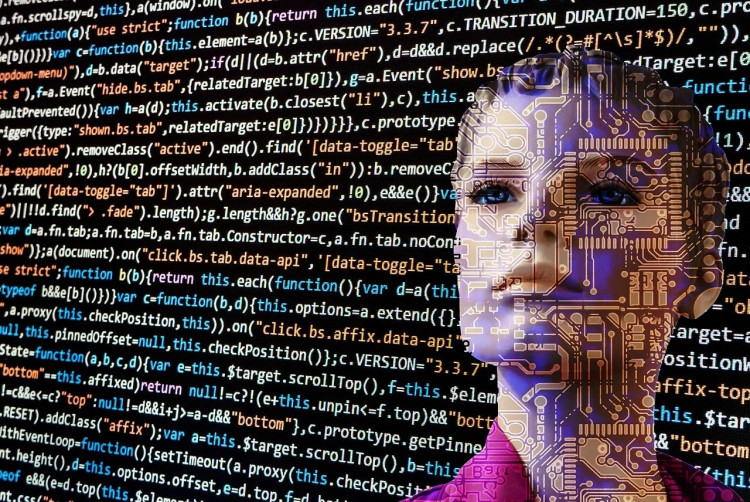The United States has begun work on developing a superfast "quantum internet" for computers and mobile phones it claims will be virtually unhackable.
Based on quantum computing technology, this new internet will exploit the oddities of quantum mechanics -- such as quantum entanglement (or spooky-action-at-a-distance) -- to transmit information more securely than on the classical internet as we know it today. Cybersecurity remains a festering problem plaguing the internet.
In making the announcement Thursday, the U.S. Department of Energy (DOE) said the new quantum internet will work in parallel with the existing internet. It said its 17 national boundaries will become the backbone of the quantum internet. DOE's Argonne and Fermi National Labs will play a critical part in DOE's effort to develop the quantum internet.
This ambitious project called "America's Blueprint for the Quantum Internet" has received massive federal government funding. DOE said when it develops the quantum internet with its private sector partners, this futuristic technology "will offer a world of new possibilities and opportunities."
The blueprint for this revolutionary improvement over the internet created by the U.S. Defense Advanced Research and Projects Agency (DARPA) in 1969 will see DOE work with universities and industry researchers on the engineering for the project. A prototype for the quantum internet is expected to be created within this decade.
"One of the hallmarks of quantum transmissions is that they are exceedingly difficult to eavesdrop on as information passes between locations," said the DOE in a statement. "Scientists plan to use that trait to make virtually unhackable networks."
DOE said the use of quantum networking technology in mobile phones will have broad impacts on the lives of individuals around the world.
DOE said the American quantum internet will be based on the incredible property of the quantum realm called quantum entanglement. It said American scientists will use quantum entanglement "to make virtually unhackable networks."
Quantum entanglement establishes a mysterious connection between two particles separated by unimaginably great distances in violation of the laws of physics and the theory of relativity.
David Awschalom, a professor at the University of Chicago and senior scientist at Argonne National Laboratory, explained the foundation of quantum networks depends on the ability of scientists to precisely synthesize and manipulate matter at an atomic scale, including controlling single photons.
In February, the Chicago Quantum Exchange launched a 52-mile test bed for quantum communications involving several other universities. This exchange will allow scientists and engineers to address the challenges of operating a quantum network under real-world conditions.






